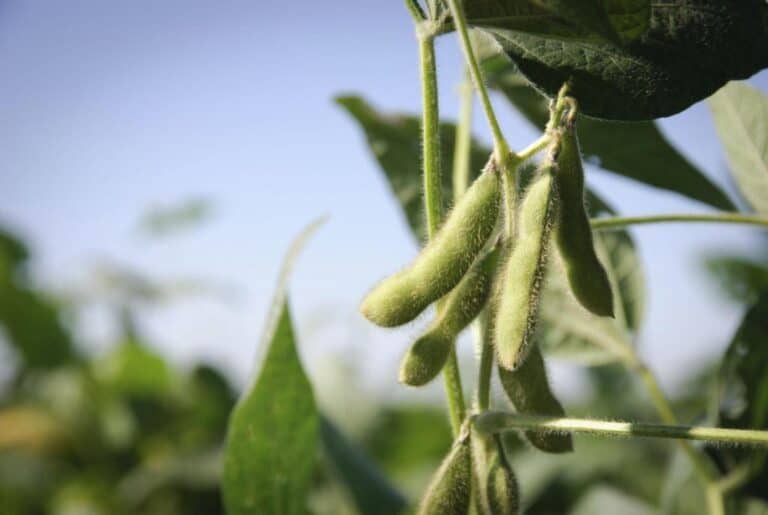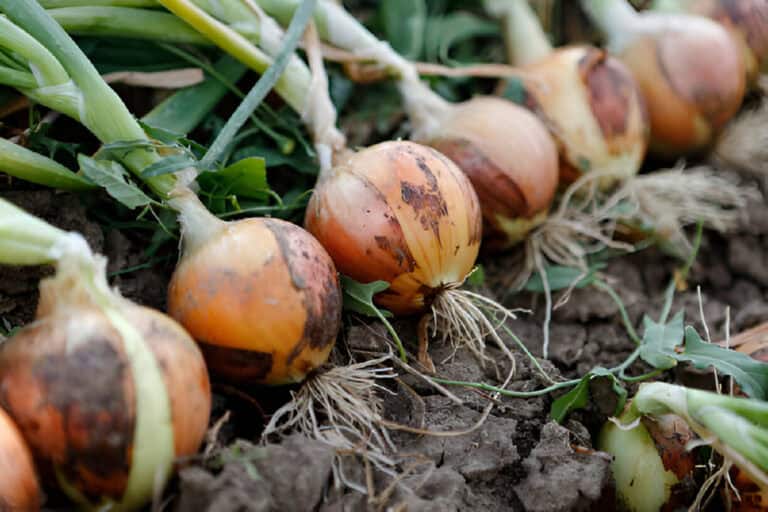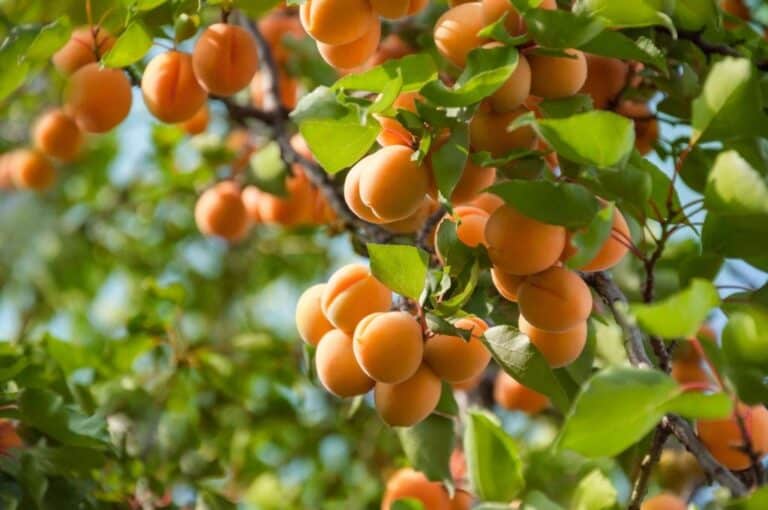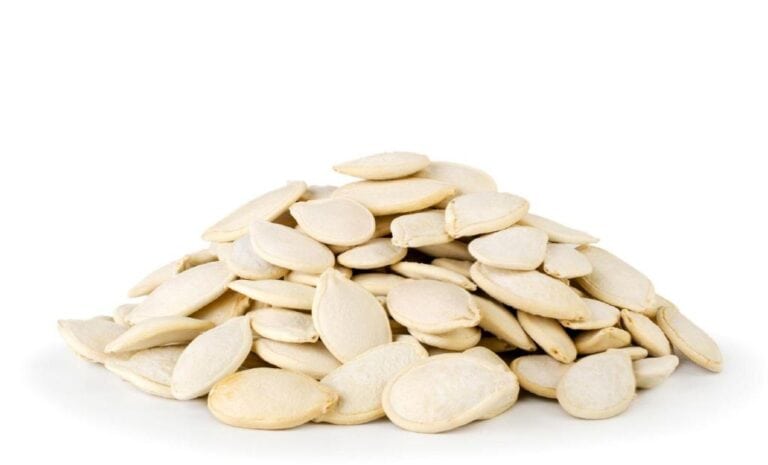How To Prune Lipstick Plant: Step By Step Trimming Guide

Are you experienced at gardening and want to refine your skills? Or are you a beginner eager to learn? This article will give you the knowledge and confidence to prune your plants like a pro. It will keep them healthy and vibrant year-round.
Pruning this plant is essential to maintaining its lush, cascading foliage and encourage more blooms. This guide will provide a step-by-step approach to pruning and caring for your Lipstick Plant. It will ensure it remains healthy and looks good.
Understanding the Lipstick Plant
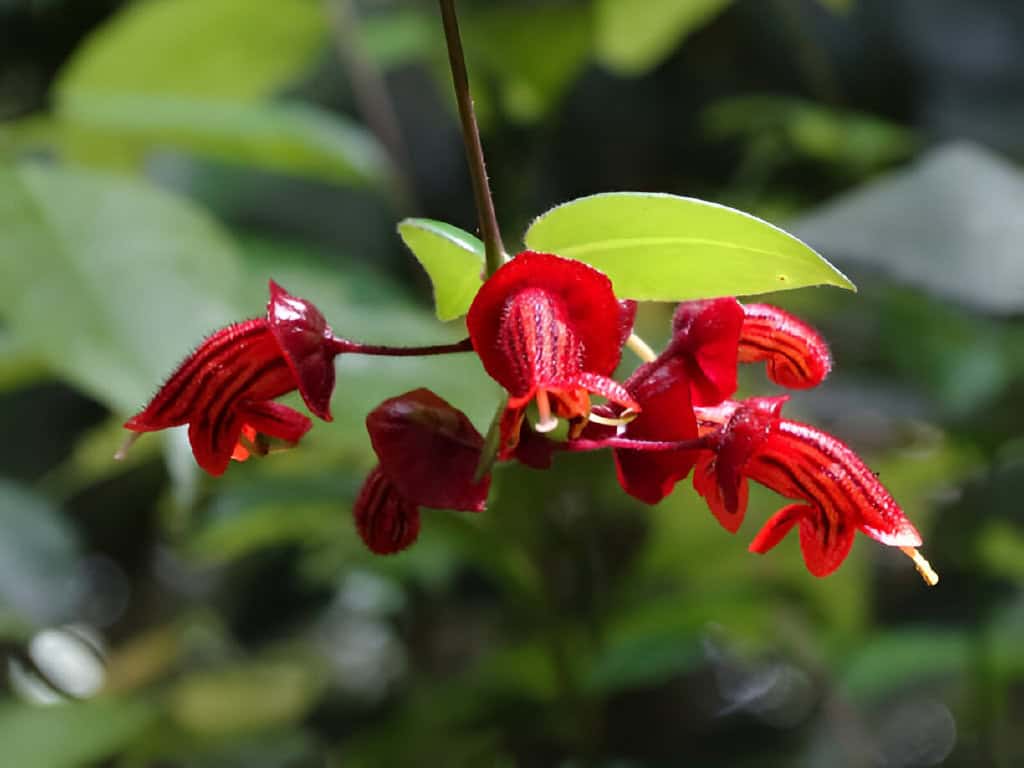
The Lipstick Plant (Aeschynanthus radicans), known for its vibrant, tubular red flowers that resemble a tube of lipstick, is a stunning addition to any indoor garden. Before discussing pruning, you must understand the Lipstick Plant’s basic traits:
- Botanical Name: Aeschynanthus radicans
- Features: Glossy, dark green leaves and bright red tubular flowers that bloom primarily in the summer.
- Growth Habit: Trailing or cascading vine, perfect for hanging baskets or as a climber.
- Sunlight Requirements: Prefers bright, indirect light but can tolerate some direct sunlight.
Why Prune the Lipstick Plant?
Pruning your Lipstick Plant serves several important purposes:
- Encourage Bushier Growth: Pruning promotes a fuller, bushier plant by encouraging new shoots.
- Enhance Flower Production: Removing old, leggy stems can stimulate more flower buds.
- Maintain Shape and Size: Regular pruning keeps the plant manageable and aesthetically pleasing.
- Remove Dead or Diseased Parts: This helps prevent the spread of disease and maintains overall plant health.
When to Prune Your Lipstick Plant
Timing is crucial for effective pruning. Here are the best times to prune your Lipstick Plant:
- After Blooming: Prune after the main blooming period, typically in late summer or early fall.
- Spring: Light pruning in early spring can encourage new growth and prepare the plant for the blooming season.
Tools Needed for Pruning
Gather the necessary tools before you start pruning:
- Pruning Shears: Sharp, clean shears for precise cuts.
- Gloves: Protect your hands from potential irritation.
- Disinfectant: Clean tools before and after pruning to prevent disease spread.
Step-by-Step Guide to Pruning Lipstick Plant
- Inspect the Plant: Begin by examining your Lipstick Plant. Identify any dead, diseased, or leggy stems that need removal. Look for areas where new growth can be encouraged.
- Remove Dead or Diseased Stems: Remove dead or diseased stems. Use sharp pruning shears. Carefully cut back any dead, diseased, or damaged stems to healthy growth points. Make clean cuts just above a leaf node to promote new growth.
- Trim Leggy Stems: If the plant has become straggly or leggy, trim back these stems to encourage bushier growth. Cut just above a leaf node to stimulate new shoots.
- Shape the Plant: Prune to shape the plant and maintain its cascading form. Focus on achieving a balanced appearance, ensuring all sides of the plant are pruned evenly.
Table: Pruning Schedule for Lipstick Plant
| Season | Tasks | Benefits |
| Late Summer/Fall | Prune after blooming, remove spent flowers, shape the plant | Encourage more blooms, maintain shape |
| Early Spring | Light pruning, remove dead/damaged stems | Stimulate new growth, prepare for blooming season |
| As Needed | Trim leggy stems, remove diseased parts | Enhance bushiness, improve plant health |
Aftercare Tips for Pruned Lipstick Plant
Post-pruning care is essential to ensure your Lipstick Plant thrives:
- Watering: Water thoroughly after pruning to help the plant recover. Ensure the soil is well-drained to prevent root rot.
- Fertilizing: Apply a balanced, water-soluble fertilizer every 4-6 weeks during the growing season to promote healthy growth and flowering.
- Lighting: Provide bright, indirect light to encourage lush foliage and abundant blooms. Avoid direct sunlight, which can scorch the leaves.
Common Pruning Mistakes to Avoid
Avoid these common mistakes to ensure effective pruning:
- Over-Pruning: Removing too much foliage at once can stress the plant. Always prune in moderation.
- Improper Timing: Pruning at the wrong time can reduce flowering. Stick to the recommended pruning schedule.
- Neglecting Tool Hygiene: Dirty tools can spread diseases. Always clean and disinfect your pruning tools before and after use.
Troubleshooting Common Issues
Even with proper care, you might encounter some issues with your Lipstick Plant. Here’s how to address them:
- Yellowing Leaves: Often a sign of overwatering. Ensure the soil is well-drained and reduce watering frequency.
- Lack of Blooms: May be due to insufficient light. Move the plant to a brighter location with indirect light.
- Pests: Common pests include aphids and spider mites. Use insecticidal soap or neem oil to treat infestations.
Enhancing Your Lipstick Plant’s Growth
To further enhance your Lipstick Plant’s growth and appearance, consider these tips:
- Repotting: Repot every 2-3 years to refresh the soil and provide more space for growth. Use a well-draining potting mix.
- Humidity: Lipstick Plants thrive in humid environments. Increase humidity by misting the plant regularly or placing a humidity tray nearby.
- Regular Inspections: Check often for pests or diseases. Address issues fast to keep your plant healthy.
When Is the Best Time to Prune a Lipstick Plant?
The best time to prune a lipstick plant is during its active growing season, typically in the spring and summer. Pruning during this time helps the plant recover quickly and promotes healthy new growth.
It’s important to avoid pruning in the winter when the plant is dormant, as this can stress the plant and inhibit its ability to grow properly. By pruning in the warmer months, you can shape the plant, encourage more blooms, and remove any dead or damaged stems. This not only enhances the plant’s appearance but also ensures it remains healthy and vibrant throughout the year.
| Also read: Step By Step Trimming Little Ruby Plant Guide |
How Often Should I Prune My Lipstick Plant?
Generally, you should prune your lipstick plant once or twice a year, focusing on the active growing seasons of spring and summer. Regular pruning during these periods encourages new growth and helps the plant maintain its lush, bushy shape. If you notice any dead or damaged stems, remove them right away. This stops disease spread and keeps the plant looking its best.
Over-pruning can stress the plant, so ensure you trim only what’s necessary to promote healthy growth. By sticking to a consistent pruning schedule, you can keep your lipstick plant a stunning focal point in your indoor garden. It will thrive and make vibrant blooms year-round.
Conclusion
Pruning your Lipstick Plant is an essential part of its care routine. By following this step-by-step guide, you can ensure your plant remains healthy, vibrant, and full of beautiful blooms. Remember to prune at the right times, use clean tools, and provide proper aftercare to enjoy a thriving Lipstick Plant in your home. Happy gardening!


